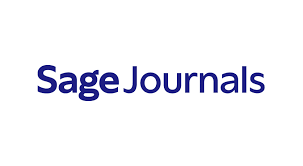🔎 What Was Asked
How does visible Muslim presence shape support for right-wing populists? The study examines the relationship between mosque visibility and votes for the Front National at the polling-station level in France in the late 2000s.
📊 Where the Evidence Comes From and How It Was Linked
- An original database of French mosques is matched to electoral returns at the polling-station level for the late 2000s.
- The analysis examines how proximity to mosques and mosque characteristics relate to Front National vote propensity, using spatial comparisons across polling stations.
📌 Key Findings
- Support for the Front National rises in polling stations located up to intermediate distances from mosques and then falls at larger distances, a pattern consistent with a spatial "halo effect."
- The halo effect is stronger for larger mosques and for mosques with minarets.
- These patterns point to the salience (visibility and symbolic features) of minority religious infrastructure — rather than simply the relative size of the minority population — as a driver of local shifts in far-right support.
❗ Why It Matters
The results show that the visible presence and symbolic features of religious minorities can shape local electoral behavior for far-right parties. This highlights the role of spatial visibility and symbolic cues in studies of political behavior, urban politics, and far-right mobilization.







